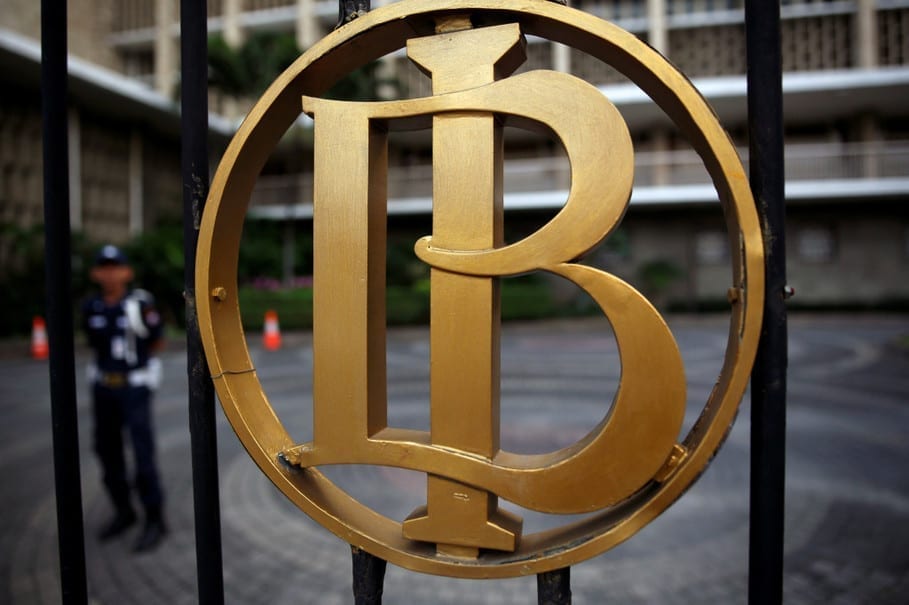
Bank Indonesia, the country central bank, needs to raise its benchmark interest rate on Thursday (25/09) or risks to be left behind the curve and sees a further weakening of the rupiah, economists said.
“Bank Indonesia must be ahead of the curve amid the trend of rising global interest rates,” said Cyrillus Harinowo, a former central banker and now a commissioner at Bank Central Asia, Indonesia’s third-largest lender by market capitalization.
Bank Indonesia has increased its benchmark 7-day reverse repo rate by 125 basis points so far this year, while the Federal Reserve has raised its interest rates by 175 basis points. That narrowed the interest rate differential between Indonesia’s interest-bearing assets and similar assets in the US, making the former more risky to hold for foreign investors.
Cyrillus said Bank Indonesia has 12 times a year to raise the benchmark rate, compared to 4 times in the US, which should give it more leeway for adjusting its monetary policy.
A Reuters poll showed that 20 out of 25 economists predict Bank Indonesia will increase its 7-day reverse repurchase rate by 25 basis points (bps) to 5.75 percent.
Three other analysts see BI making a bolder move of hiking by 50 bps, while the last two predict the central bank will stand pat.
The rupiah has lost about 9 percent against the dollar this year amid a sell-off of Indonesian assets due to rising US interest rates, contagion fear from other emerging market crises and the US-China trade war.
Since BI’s last hike on Aug. 15, the currency has hit its lowest level since the 1998 Asian financial crisis and continued to trade near that level.
Indonesia’s economy fundamental today, however, is far different from two decades ago, Tony Prasetiantono, the head of the Center for Economic and Public Policy Studies at Gajah Mada University (UGM).
That time the rupiah nosedived by almost 600 percent from 2,300 a US dollar to 15,000. Indonesia’s economy contracted in 1998. Today it is still growing albeit at a slower pace of 5.17 percent compared to the government target of 5.4 percent.
“Another indicator is inflation. Currently, it is around 3.5 percent while in the 1998 crisis it was 78 percent,” Tony said.
“And the main thing is that the banking fundamentals are very healthy at the moment, much different from 1998,” he said.
August Trade Deficit
Fed officials have signaled a likely quarter-point rate increase at their meeting which ends early Thursday Asia time.
Fakhrul Fulvian, Trimegah Securities economist, said he changed his view on Thursday’s decision from a hold to a 25 bps hike after “not as good as we had estimated” August trade data. The month’s deficit was $1.02 billion, much wider than the $680 million the market expected.
The government has taken steps to curb imports, including imposing higher tariffs on over 1,000 imported goods, widening biodiesel use and delaying big infrastructure projects.
“A relatively high level of foreign currency debt explains why the Indonesian authorities are worried when the currency falls sharply,” said Capital Economics, one of the large majority seeing a 25 bps hike on Thursday.
Foreign investors own about 37 percent of Indonesian government bonds.
BI officials have repeatedly pledged to be “ahead of the curve” in setting monetary policy.
On Friday, Governor Perry Warjiyo said that investors had begun to resume buying emerging-market assets, and this plus exporters converting their earnings had increased the domestic supply of dollars.
He also said inflation should stay benign until the end of the year despite the rupiah’s fall. The annual rate in August was 3.20 percent, within BI’s 2.5-4.5 percent target range.
Satria Sambijantoro, Bahana Sekuritas economist and one of the two in the poll predicting a hold on Thursday, said Indonesian bonds, at current rates, are attractive.
“The central bank is already ahead of the curve,” he said.

